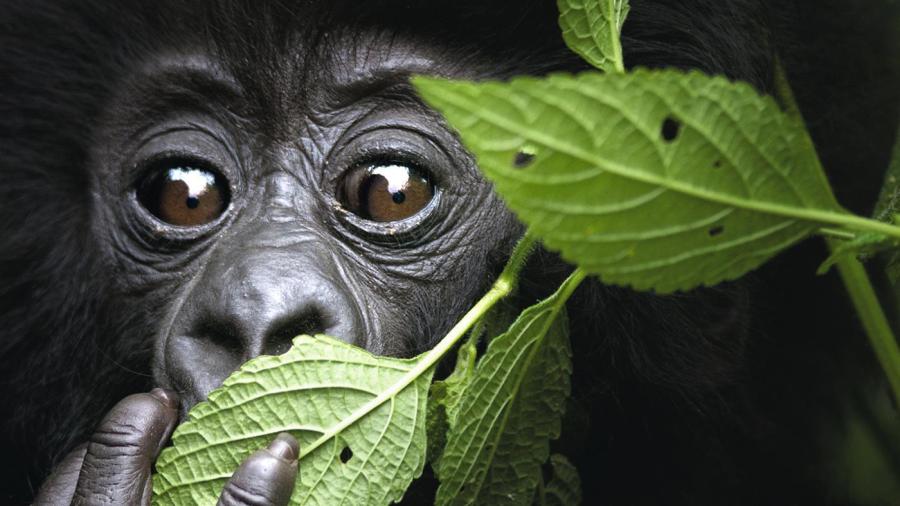What Are Consumers in a Tropical Rainforest?

Biology-Online defines a consumer as a living thing that cannot make its own food, and must eat (or consume) other living things to survive. In the context of a tropical rainforest, all of the animals living within the rainforest are consumers of one level or another.
In a tropical rainforest, consumers must either eat other animals to survive, or they must eat organic matter such as plant leaves and fruit. The animals which eat other animals are predators, such as jaguars or tigers. The animals which eat leaves and other plant matter are herbivores, such as pygmy elephants and gorillas. Some animals combine both strategies and eat both other animals and plant material. One example of such a rainforest creature is chimpanzees, which occasionally hunt monkeys in addition to eating leaves and fruit.
Animals that are eaten by other animals are considered primary consumers, because they are low on the food chain. One such example of a rainforest primary consumer would be caterpillars, which eat only plant matter and are consumed by tropical frogs. Secondary consumers are creatures which consume primary consumers, such as the frog in the above case. A jaguar cub that kills and eats the tropical frog would be a tertiary consumer.





